Posted on 6/29/2023
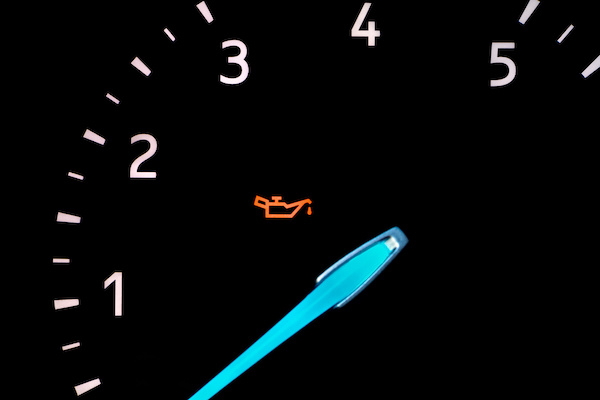
Oil plays a vital role in lubricating and protecting the engine's internal components, ensuring optimal performance and longevity. Two critical aspects of oil health are oil pressure and oil temperature. While they may seem distinct, there is indeed a connection between the two. But before we go into how they are connected, let's first look at what they mean. Understanding Oil Pressure Oil pressure refers to the force with which oil circulates through the engine's lubrication system. It is typically measured in pounds per square inch (psi) or kilopascals (kPa). Oil pressure is created by the oil pump, which pressurizes the oil and sends it through various passages to lubricate and cool the engine components. Understanding Oil Temperature Oil temperature refers to the heat generated by the engine and transmitted to the oil. As the engine runs, friction and combustion generate heat, causing the oil temperature to rise. Oil temperature is typically measured in degrees Fahr ... read more
Posted on 5/30/2023
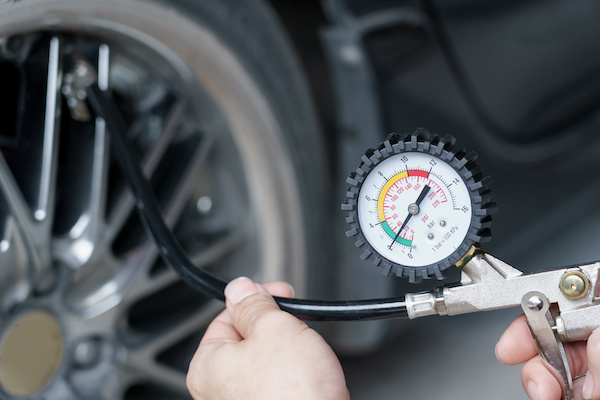
As the temperature increases in the upcoming months, we've been recommending that our customers keep an eye on your tire pressure. Tire pressure is a critical factor in maintaining the safety and performance of your vehicle, and neglecting it can lead to severe consequences. Read on to learn more about why it is essential to inspect tire pressure in hotter months and the potential risks of neglecting it. Maintaining Optimal Performance The manufacturer specifies the optimal tire pressure for your vehicle, and it is vital to maintain this pressure to ensure optimal performance. As the temperature rises, the air inside the tire expands, which can lead to overinflation. Overinflated tires can cause a harsher ride, decreased traction, and uneven tire wear, leading to premature tire failure. Improving Fuel Efficiency Properly inflated tires can also improve fuel efficiency. Overinflated tires create more resistance, increasing the effort required to turn the wheels and reducing fuel ... read more
Posted on 4/27/2023
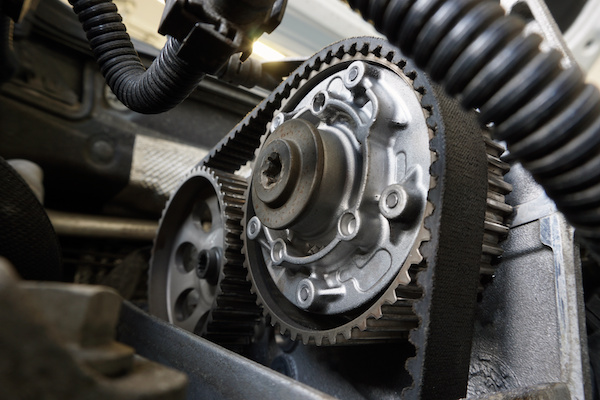
The timing belt in your vehicle plays a crucial role in the operation of the motor engine. It synchronizes the rotation of the crankshaft and camshaft, which permits the engine's valves and pistons to work in sync. Over time, however, the timing belt can become worn and may eventually fail. Here are some indications that suggest you have a failing timing belt. Engine Misfires: A worn or damaged timing belt can cause engine misfires. The timing belt keeps the engine's valves and pistons in sync, so if it becomes worn or damaged, the engine's timing can become disrupted. Engine Won't Start: If the timing belt fails completely, the engine won't start. Since the timing belt is responsible for keeping the engine's valves and pistons in sync, a failing one can cause the motor to lose proper timing and ensue starting problems. Ticking or Clicking Noise: A worn timing belt can cause a ticking or clicking noise in the engine. This noise is caused by the belt slipping ... read more
Posted on 3/30/2023
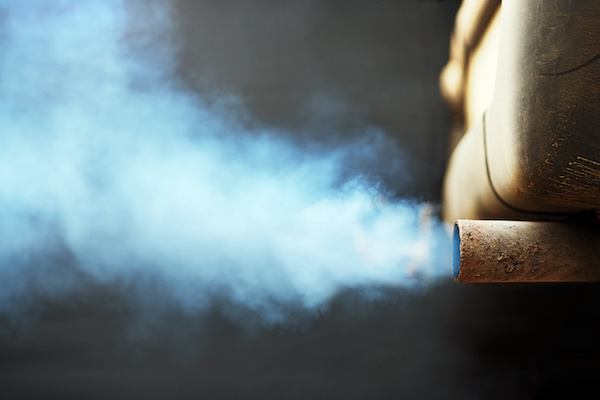
Vehicle emissions testing is a fundamental aspect of keeping our environment clean and our air quality high with the countless vehicles on the road today. Emissions tests are required by law in many states and are designed to ensure that cars are not producing excessive amounts of harmful pollutants into the air. While the testing process can seem daunting, there are steps you can take to prepare for vehicle emissions testing and increase your chances of passing. The first step in preparing for emissions testing is ensuring your vehicle is in good working condition. You should address any known issues with your vehicle before taking it in for testing. If your vehicle has a check engine light on, your car will immediately fail. So, please fix all the possible things that can cause your vehicle to produce higher levels of pollutants and result in a failed emissions test. Another critical aspect of preparing for emissions testing is to make sure that your vehicle is up to date with mai ... read more
Posted on 2/28/2023
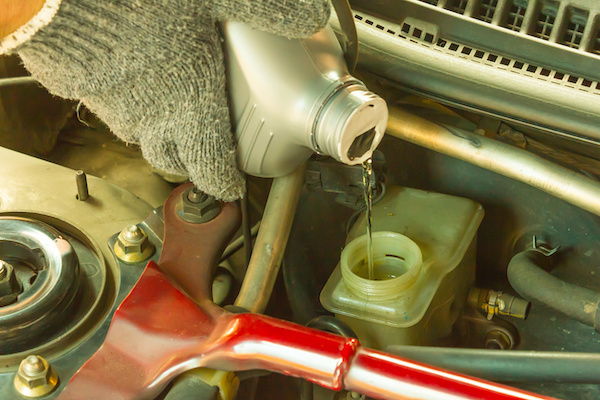
When it comes to maintaining the health of your car, it is important to understand the difference between a fluid change and a fluid flush. While these two procedures may seem similar, they are actually quite different, and it is crucial to know when each should be performed. A fluid change refers to the process of draining the old fluid and replacing it with new fluid. This is typically done on a regular basis to maintain the health of your car and to keep its systems running smoothly. Some common fluids that need to be changed include oil, transmission fluid, brake fluid, and coolant. During a fluid change, the old fluid is removed and replaced with new fluid, but the system remains intact. A fluid flush, on the other hand, is a more comprehensive procedure. During a fluid flush, the old fluid is completely removed from the system, and the system is thoroughly cleaned. This is typically done when the system has become contaminated or when there is ... read more